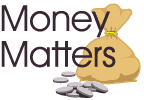
|
|

|

|
|

|
By Gail Huber
|
2 0 0 0 S105.21 |
Teaching Materials |
|
|
|
To meet the need for instructional resources that complement new curricula, the Saskatchewan Teachers' Federation sponsored a professional development session and a unit writing workshop for teachers. The workshops were facilitated by the Saskatchewan Professional Development Unit and teachers were assisted in their efforts to polish their units by staff from SPDU and the Stewart Resources Centre. |
|
Table of Contents Planning Guide and Record of Unit Study Net Pay Assignment
Planning Guide and Record of Unit Study
_________________________
Source: Mathematics 10, 20 : A Curriculum Guide for the Secondary Level. Regina : Saskatchewan Education, 1995, p.142.
Introductory Unit Communication Gross Pay Numeracy Net Pay Numeracy Budgets (Jigsawing) Communication, Critical and Creative Thinking Budget (Constructing) Communication Culminating Unit Personal and Social Values and Skills
Introductory Unit Direct Instruction Gross Pay Interactive Instruction Net Pay Direct Instruction Budgets (Jigsaw) Interactive Instruction Budgets (Constructing) Experiential Learning Culminating Lesson Indirect Instruction |
|||||||||||||||||||||||||||||||||||||
Concept Map
Grade 10 Math

|
Student Copy of Evaluation of Consumer Math Unit Overall Evaluation of Unit
Teacher Strategies and Activities When? Where? Classroom What?
Classroom Teacher Responsibility:
Teacher-Librarian Responsibility:
Resources Requires:
based on " Savings" video and booklet Credit Union
Teacher Strategies and Activities
Objective:
Activity:
Media Research and/or Study Skills:
Number of Students: 23 Abilities, Interests and Special Needs of Students:
Location: Classroom Resources:
Minimum Expectations:
Student Evaluation:
Classroom Teacher Responsibility:
Teacher-Librarian Responsibility:
Gross Pay Assignment
That's Life! . The Star Phoenix Educational Services. Saskatoon. 1991.
Gross Pay Newspaper Assignment Research the business and classified ads sections of the newspaper. Find a job where you would be paid:
From the figures you have acquired on your ads, calculate the yearly, monthly and weekly gross wages available for each job. If not enough information is provided from the advertisements, you are expected to choose a reasonable projection of values suitable for that job.
Teacher Strategies and Activities
Objective:
Activity:
Number of Students: 23 Abilities, Interests and Special Needs of Students:
Location: Classroom Resources:
Minimum Expectations:
Student Evaluation:
Classroom Teacher Responsibility:
Teacher-Librarian Responsibility:
|
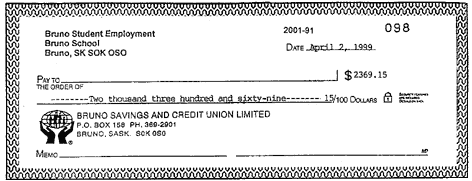
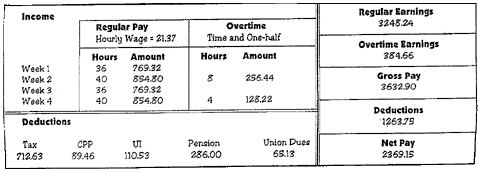
|
Teacher Strategies and Activities |
Objective:
Activity:
Media Research and/or Study Skills:
Number of Students: 22 Abilities, Interests and Special Needs of Students:
Location: Classroom Resources:
Minimum Expectations:
Student Evaluation:
Classroom Teacher Responsibility:
Teacher-Librarian Responsibility:
Jigsawing Assignment
Content Headings:
The Student Jigsaw Budgeting Activity Assessment Rubric 10% Group and Collaborative Learning (5 points)4.25 - 5 Exceptional Achievement
3.25 - 4 Superior Achievement
2.25 - 3 Commendable Achievement
0 - 2 Rudimentary Achievement
3.5 - 5 Clear, Complete Communication: The student's explanation gives a clear coherent, unambiguous, and elegant explanation
1.5 - 3 Partial or Incomplete Communication: The student's explanation is unclear, inconsistent or not complete
0 - 1 Limited or Lack of Communication: The student's explanation is not understandable or not present
Teacher Strategies and Activities
Objective:
Activity:
Media Research and/or Study Skills:
Number of Students: 22 Abilities, Interests and Special Needs of Students:
Location:
Resources:
Minimum Expectations:
Student Evaluation:
Classroom Teacher Responsibility:
Teacher-Librarian Responsibility:
Consumer Math Assignment Part 1
Part 2
Once you are given your annual salary, choose a job that interests you and that will fit into your pay scale. Annual salary: ______________________________ Calculate your gross income, your deductions, and your net income for one month. Based on this information decide on the percentage value you will spend in each of the following expense categories, as well as the maximum total amount you can spend in each category: (Note: You can allot more money to the savings category, only providing that your budgeting remains realistic.)
You must budget these percentages within the guidelines set by the Credit Union (pg. 596) Of Windows to Math 10. Note that housing and utilities are combined; as well as personal, health and miscellaneous. So the combined total must not exceed those listed.
Examples of Portfolio Assignments You have been looking through the want ads for a new career. You've narrowed it down to the following four jobs. Due to your excellent interview skills you have been offered a position at all four companies. In trying to make your decision you've realized that money is the most important aspect in your life at the moment. If you were to base your decision solely on the job which was to pay the most money, which job would you choose? (Assume that you will be paid the lowest salary if more than one is indicated.) |
||||||||||||||||||||||||||||||||||||||||||||||||
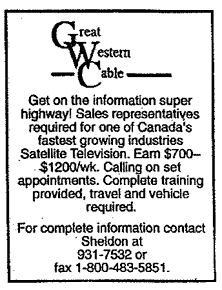
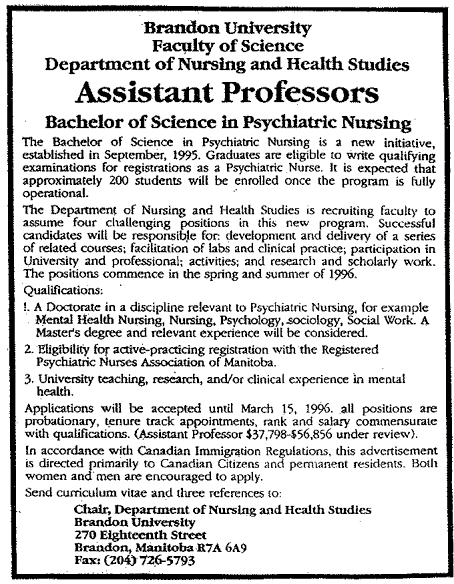
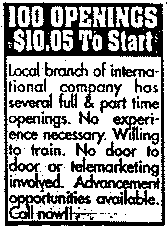
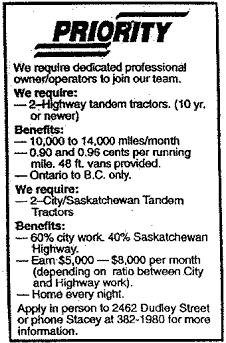
|
Calculating Gross Weekly Wages This is a hand-in assignment. Do the calculations on a separate piece of paper. Show your equations and calculations.
Calculate gross earnings for one week given the hours worked and the hourly rate. A regular work week is 40 hours. Examples: (overtime pays double)
(Examples: overtime pays time and one half)
Source: Morgan, Roger and Walter Wood. Mathematics 10 - Supplementary Materials. Lafleche, SK: Wood River Board of Education, 1995.
Class Activity Considerations when job hunting: wages, hours, type of work, location, distance from work, promotion, responsibility, job security, unemployment, experience. Source: Morgan, Roger and Walter Wood. Mathematics 10 - Supplementary Materials. Lafleche, SK: Wood River Board of Education, 1995.
|